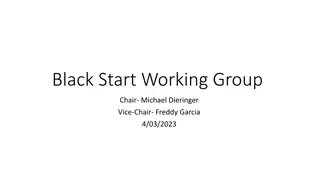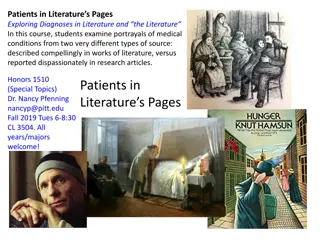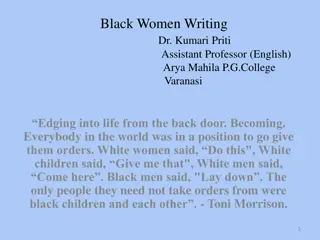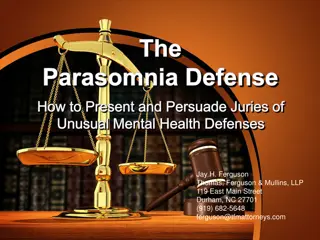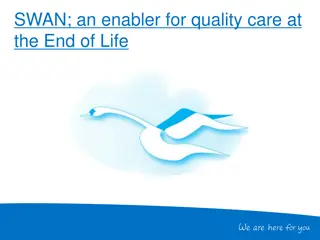Exploring "Black Swan Green" by David Mitchell: A Novel Study Guide
Dive into David Mitchell's semi-autobiographical novel "Black Swan Green" and discover the story of a stammering 13-year-old navigating adolescence in 1980s England. Explore themes of coming-of-age, speech impediments, and symbolism through engaging activities and discussions.
Download Presentation

Please find below an Image/Link to download the presentation.
The content on the website is provided AS IS for your information and personal use only. It may not be sold, licensed, or shared on other websites without obtaining consent from the author. Download presentation by click this link. If you encounter any issues during the download, it is possible that the publisher has removed the file from their server.
E N D
Presentation Transcript
BLACK SWAN GREEN BY DAVID MITCHELL AUTHOR OF CLOUD ATLAS
SUSTAINED, SILENT READING! Materials Needed: Your SSR book Your brain That s it! http://www.online-stopwatch.com/eggtimer-countdown/full-screen/
BLACK SWAN GREEN BY DAVID MITCHELL AUTHOR OF CLOUD ATLAS
BLACK SWAN GREEN BY DAVID MITCHELL Genre(s): Semi-autobiographical, coming-of-age Structure: 13 chapters (1 chapter = 1 month) Setting: Worcestershire, England (1982-1983) David Mitchell on his speech impediment: "I d probably still be avoiding the subject today had I not outed myself by writing a semi- autobiographical novel, Black Swan Green, narrated by a stammering 13 year old.
MOVIE CLIP: ADAM SANDLER IN BILLY MADISON Think, Pair, Share! Turn to your neighbor & discuss the following: Why does Adam Sandler s character say, T-T-T-Today, Junior! ? What is the effect of this quotation? How are people with speech impediments (such as stuttering) portrayed in this film? https://www.youtube.com/watch?v=HjvCxWKJCS8
CHAPTER 2: HANGMAN (PG. 25) 1. How does the narrator feel as he enters and sits in the waiting room? Cite one piece of evidence from the text (quote) to support your claim.
CHAPTER 2: HANGMAN (PG. 25-26) 2.) What is the difference between a stammer and a stutter?
CHAPTER 2: HANGMAN (PG. 25-26) 3.) How does the narrator feel about the game of Hangman? Cite one piece of textual evidence (quote) to support your claim.
CHAPTER 2: HANGMAN (PG. 26-27) 4.) What is Hangman a symbol for?
CHAPTER 2: HANGMAN (PG. 26-27) 5.) How does the narrator personify Hangman? Cite two pieces of textual evidence (quote) to support your claim.
CHAPTER 2: HANGMAN (PG. 27) 6.) What strategies does the narrator use to cope with their speech impediment? Cite one piece of textual evidence (quote) to support your claim.
CHAPTER 2: HANGMAN (PG. 27) 6.) What strategies does the narrator use to cope with their speech impediment? Cite one piece of textual evidence (quote) to support your claim.
CHAPTER 2: HANGMAN (PG. 27) 7.) What predicament (an unpleasantly difficult, perplexing, or dangerous situation) does the narrator find himself in? Cite one piece of textual evidence (quote) to support your claim.








